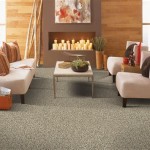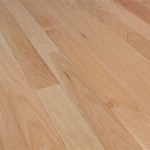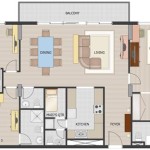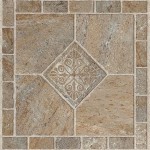Hardwood Flooring Transition Between Rooms
Hardwood flooring offers timeless elegance and durability, making it a popular choice for homeowners. However, transitioning between rooms with different flooring materials or varying heights can present design challenges. Proper transitions not only create a visually appealing flow but also ensure safety and prevent damage to the flooring. Understanding the various transition options available is crucial for achieving a seamless and professional finish.
Thresholds/T-Mouldings
Thresholds, also known as T-moldings, are among the most common transition solutions. These pieces bridge the gap between two flooring surfaces of similar height, creating a smooth transition. T-moldings typically feature a rounded or beveled edge for a more finished look. They are commonly used between rooms with similar hardwood flooring running in different directions or between hardwood and tile of comparable height. Available in a variety of wood species and finishes, T-moldings can be stained to match the surrounding flooring for a cohesive aesthetic.
Reducers
Reducers provide a sloped transition between flooring surfaces of different heights. This is often necessary when transitioning from hardwood to a lower surface like carpet or thin tile. Reducers create a ramp-like effect, minimizing tripping hazards and providing a visually pleasing transition. They are typically available in various materials, including wood, metal, and vinyl, and can be chosen to complement the surrounding flooring.
Stair Noses
For transitions at the edges of stairs, stair noses provide a finished look and enhance safety. These specialized moldings cover the exposed edge of the flooring where it meets the riser, preventing wear and tear and offering a secure footing. Stair noses come in various profiles and materials, allowing for customization to match the specific staircase design.
End Caps/Quarter Round
End caps and quarter-round moldings are used to finish the edges of hardwood flooring where it meets a wall or other vertical surface. They provide a clean and polished look while concealing any gaps between the flooring and the wall. Quarter-round is particularly useful for hiding uneven cuts or irregularities in the wall. These molding options are typically available in matching wood species and finishes to create a seamless transition.
Flush Transitions
For a truly seamless look, flush transitions are an increasingly popular choice. This technique involves precisely cutting and fitting the flooring materials together, eliminating the need for a visible transition piece. Achieving a flush transition requires precise measurements and skilled installation, but the result is a clean and modern aesthetic. This method is best suited for situations where the flooring materials are of similar height and material.
Schluter Strips
Schluter strips, also known as Schluter profiles, offer a versatile range of transition solutions. These metal strips are designed to bridge gaps, protect tile edges, and create decorative transitions. While often used with tile, Schluter strips can also be incorporated into hardwood flooring installations to provide a clean and durable transition. They are particularly useful for creating transitions between different flooring heights or materials, and are available in a variety of finishes to complement the surrounding décor.
Consideration for Expansion Gaps
Regardless of the chosen transition method, it's essential to account for the natural expansion and contraction of hardwood flooring due to changes in temperature and humidity. Adequate expansion gaps must be maintained around the perimeter of the room and at transitions to prevent buckling or warping. These gaps are typically concealed by baseboards and transition moldings, ensuring both functionality and aesthetics.
Selecting the right transition method is critical for achieving a visually appealing and functional flow between rooms with hardwood flooring. Considering the height difference between flooring materials, the desired aesthetic, and the installation expertise available will guide the decision-making process and contribute to a successful flooring project.
How To Transition Your Wood Floors Between Rooms Artisan Llc
How To Transition Between Two Different Wood Floors Quora
Help With Transition Between Rooms Using Hardwood And Laminate Flooring
Good Transition Between Old And New Floors
110 Stylish And Cool Floor Transition Ideas Digsdigs
How To Transition Your Wood Floors Between Rooms Artisan Llc
Can I Blend New Hardwood Floors With Old
How To Transition Between Two Different Floors Flooring America
How To Properly Execute Flooring Transitions Builders Surplus
Flooring How Can I Transition Between Rooms When Refinishing Hardwood Floors Home Improvement Stack Exchange








